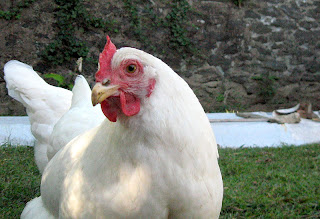I did it. Took the plunge. Succumbed to the peer pressure. I joined twitter. I think I was inspired by the BronxZoosCobra. One of two things will now happen: I will come to regret it, or I will become addicted. Maybe I’ll get more twitter followers than blog followers (not that I don’t love the seven of you immensely.) Here goes my shameless plug: http://twitter.com/ErinPodolak
Fun fact, within 20 minutes of joining twitter, my first follower became Sea World. Nothing against Sea World, I’m just not sure what their interest says about me. Do they follow every person who claims to be a science writer? Or did I just do something special to garner their attention? Fellow science writers, please advise.
***
Update 4/8/11 – Six days on twitter, and I’ve lost Sea World as a follower. Sad day. I guess my tweets weren’t of interest to them after all. But I do have 10 whole followers, putting my twitter prowess ahead of my blogging prowess by three.
Update 4/18/11 – Complete and total obsession has taken hold. Twitter has bested Facebook in the struggle for my two-second attention span, and I am overwhelmed by the wealth of information I didn’t realize was being traded everyday. I have made it to 22 followers, only five of whom I actually happen to know. I have been Re-Tweeted by the Canadian Research Office – much to my amazement. I am both humbled and nervous about what my tweets will say about me. In my worst nightmare my budding career is brought down by using the wrong #hashtag and offending someone I never even knew existed. Perhaps I am taking my life on the internet far too seriously. It may be time to back slowly away from the laptop.

